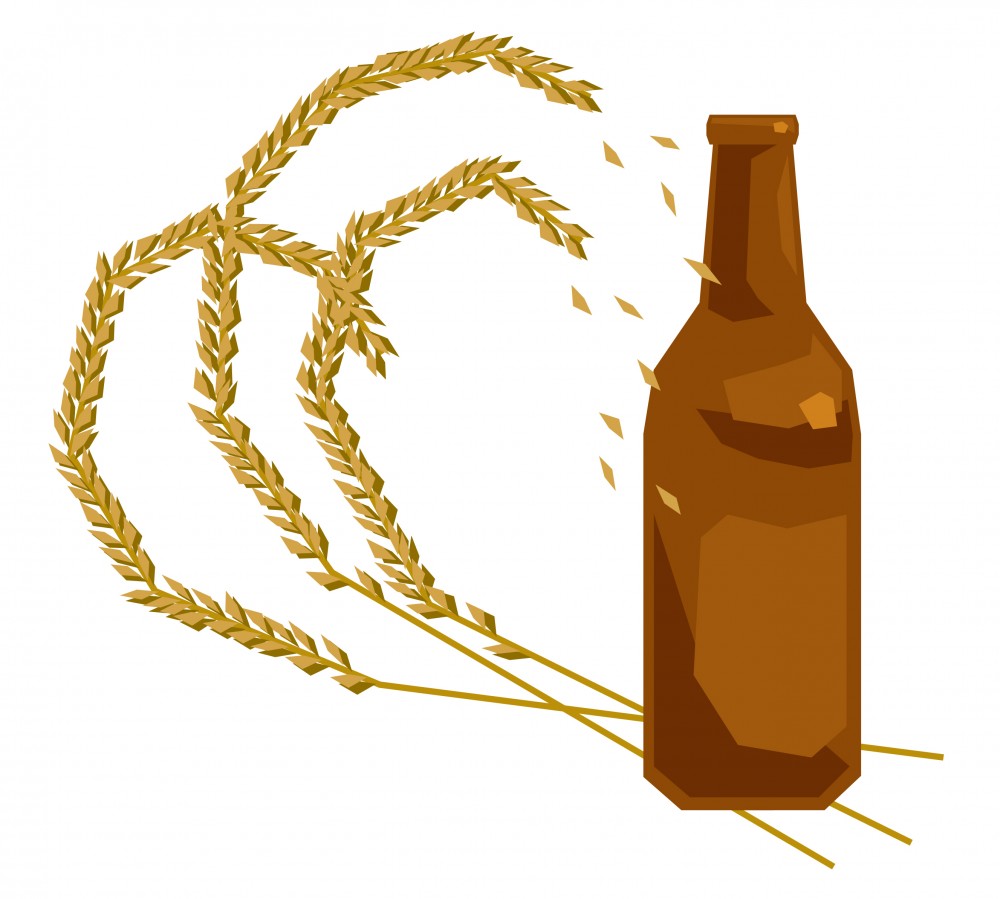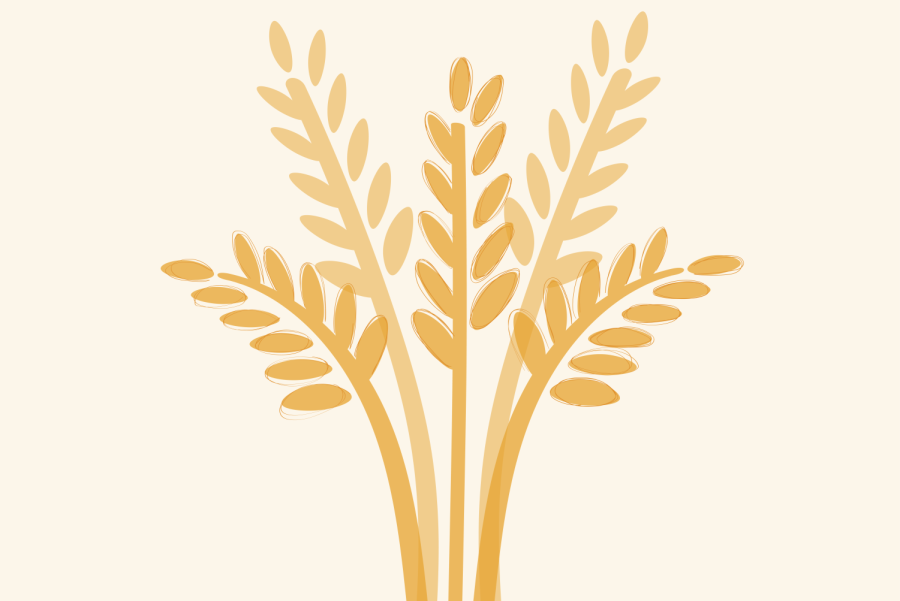A wheatgrass commonly known as “Kernza” is becoming more popular as research and commercialization around it continue to expand.
Kernza, which some researchers describe as a “distant cousin to wheat,” has been bred by the University of Minnesota since 2011, but efforts around commercialization have ramped up this year. Kernza is being used in a variety of commercial products such as cereal and beer.
The University’s Forever Green Initiative also released its first variety of the wheatgrass on the market last month. The new variation has better traits than previous Kernza crops that increase its chance of survival. A challenge with convincing growers to invest in the crop is that it can produce small yields, something researchers at the University continue to work on.
With the popularity of the wheatgrass on the rise, the people involved with Kernza research in Minnesota say they hope to expand it even more in the next few years.
History of Kernza
Since 2011, University researchers have been working to develop “better plant architecture” for Kernza, like decreasing the height of the crop, said James Anderson, head of the breeding program for the wheatgrass at the University.
Because of the crop’s height, it had been prone to fall over during its development, he said.
With issues such as the crop growing too tall, one problem researchers are working to address is how to make Kernza have larger production yields so it is less risky to grow and more desirable to farmers.
Part of what makes the wheatgrass attractive is that it is environmentally friendly.
Kernza does not need to be replanted each year, and its roots can prevent soil runoff and nutrients from getting into and polluting water systems during the winter months.
While the University does work with Kernza, research and production of the crop began with the Kansas-based Land Institute, which owns the trademark for Kernza.
The institute has been working to make Kernza a commercially-viable crop since the early 2000s. Today, the institute and the University’s Forever Green Initiative work together on research and commercialization efforts. The University focuses more on the crop production and market in Minnesota.
New traits
The University’s Forever Green Initiative began selling the first variety of Kernza to growers last month. The initiative is targeting interested growers around Minnesota with the release.
The new variety, “MN-Clearwater,” is open to qualified growers this year and has a high set of requirements that must be met to obtain a growing license.
Researchers say they hope the new variety will help expand production efforts around Kernza. Only around 500 acres of the crop are currently grown in Minnesota.
From grain to beer
Kernza is also being used in certain food and drink products.
On Sunday, 56 Brewing in Minneapolis is launching a limited-edition lager beer made with the Kernza grain. For the beer, the brewery is using a General Mills cereal made from Kernza.
This is the first time the brewery is extracting sugars from cereal to make beer, said Kale Johnson, president of 56 Brewing.
General Mills gave the brewery remaining boxes of the cereal after a launching a limited release earlier this year.
“The interesting thing about Kernza is that it is very limited in production,” Johnson said. “We were just lucky to get our hands on this.”
Over 300 boxes of cereal were used to produce the new lager, Johnson said.
This is not the first time Kernza is being used in a beer. Other craft brewers around the Twin Cities, including Fair State Brewing Cooperative, have created beers using the grain.
Birchwood Cafe, a local Minneapolis restaurant, also launched a BLT sandwich with bread made from Kernza during the Minnesota State Fair last month.
While the grain is new to the market, researchers at the University and Land Institute continue to work on bettering the crop and mitigating the risk for growers interested in Kernza.























